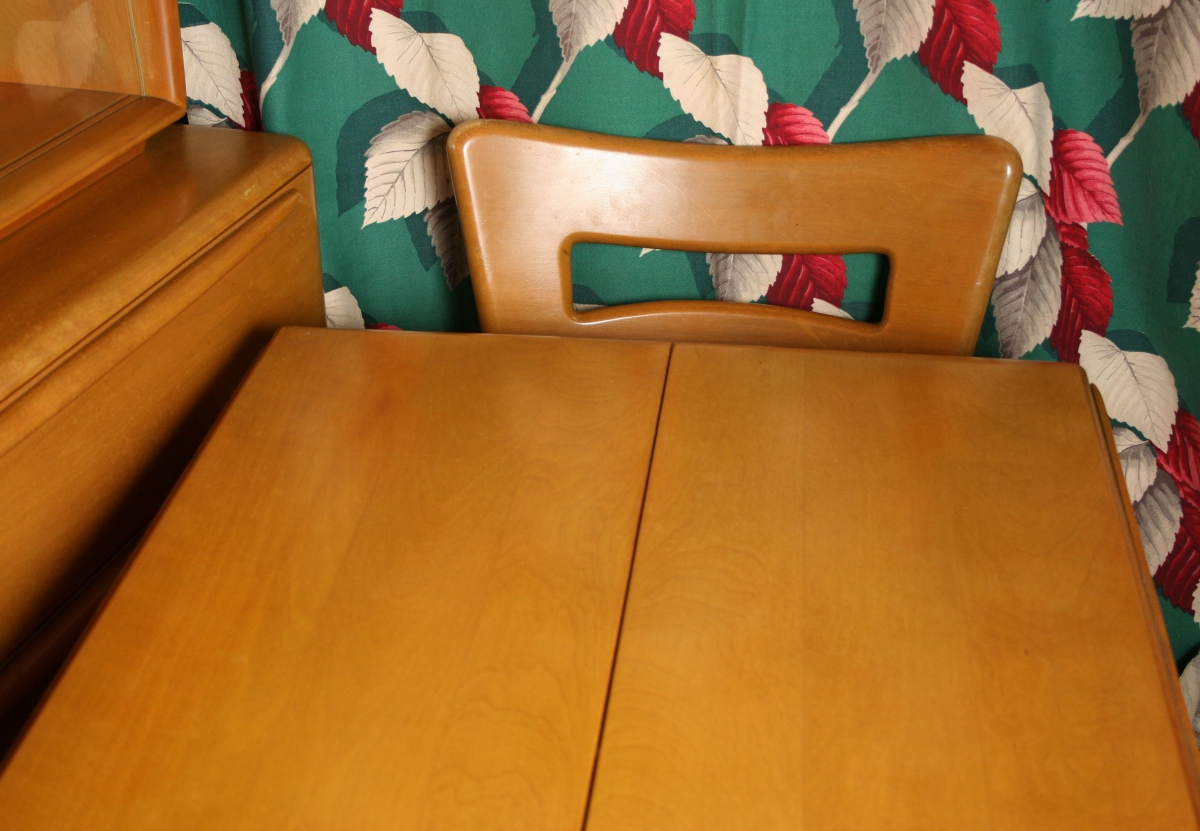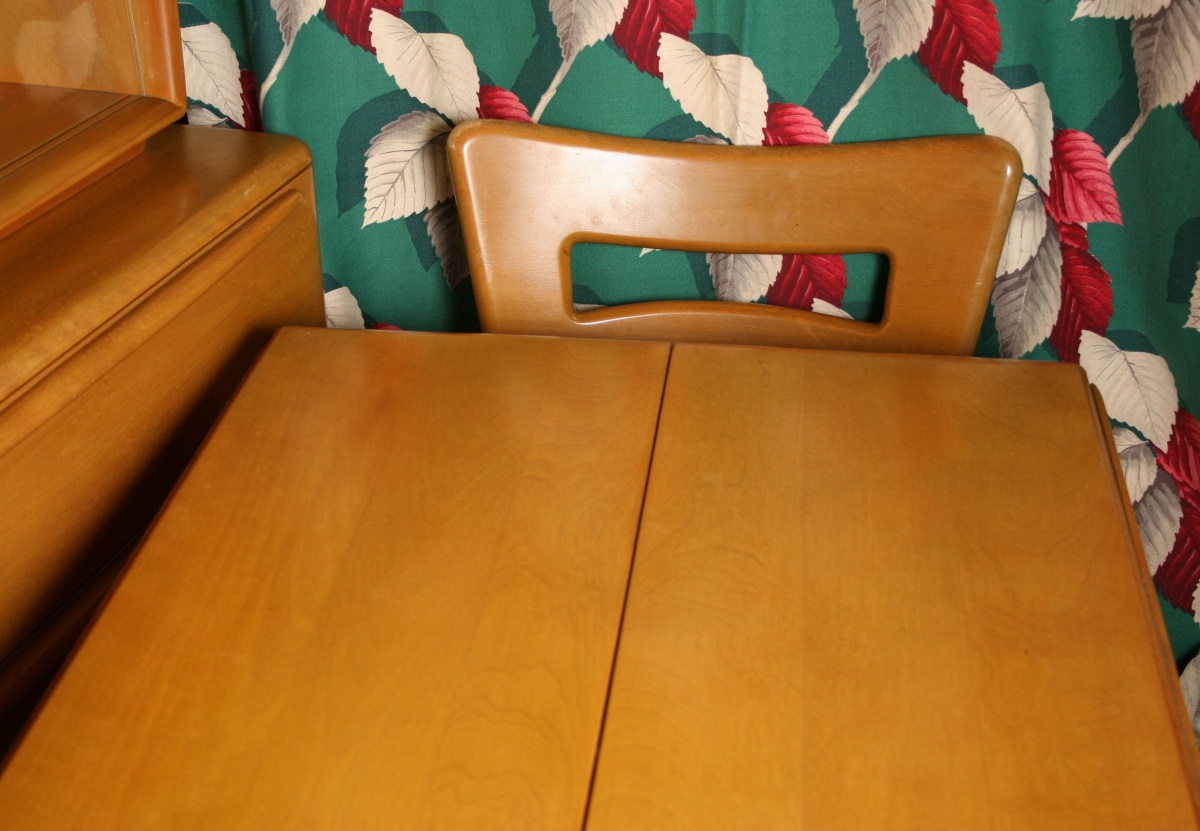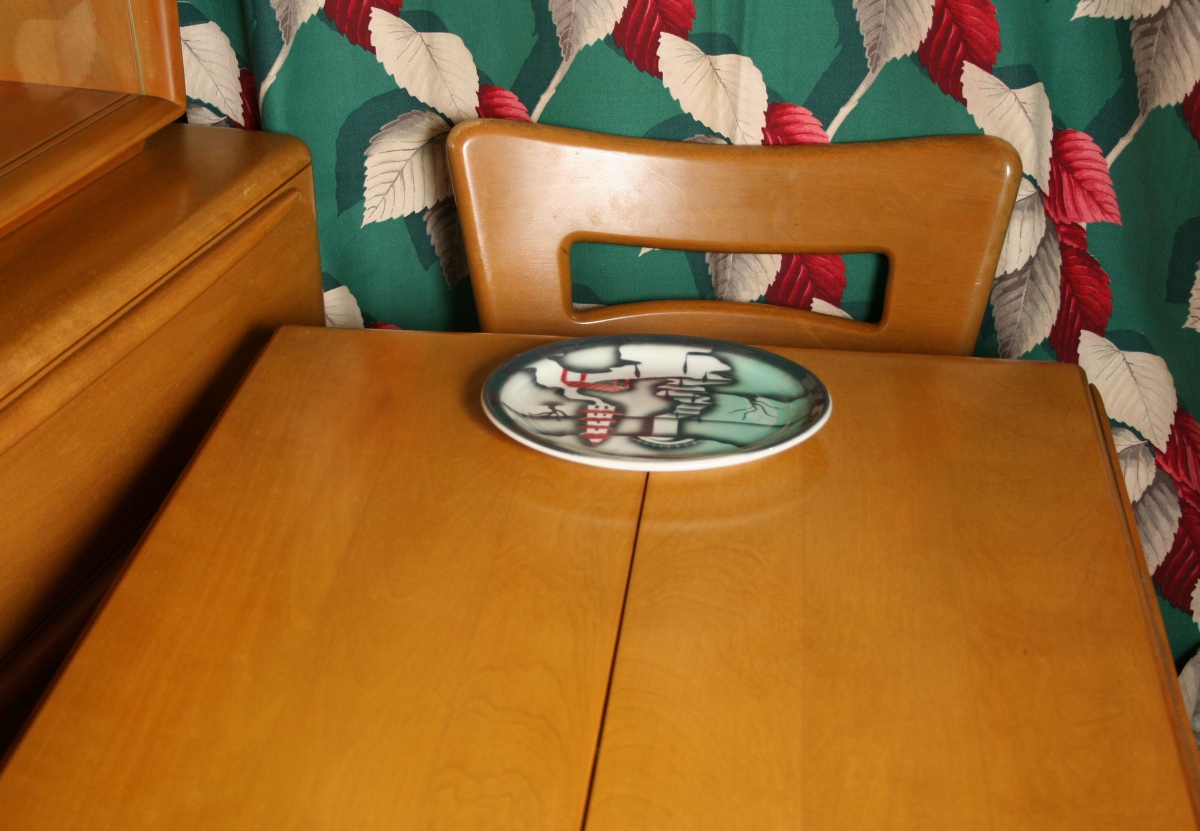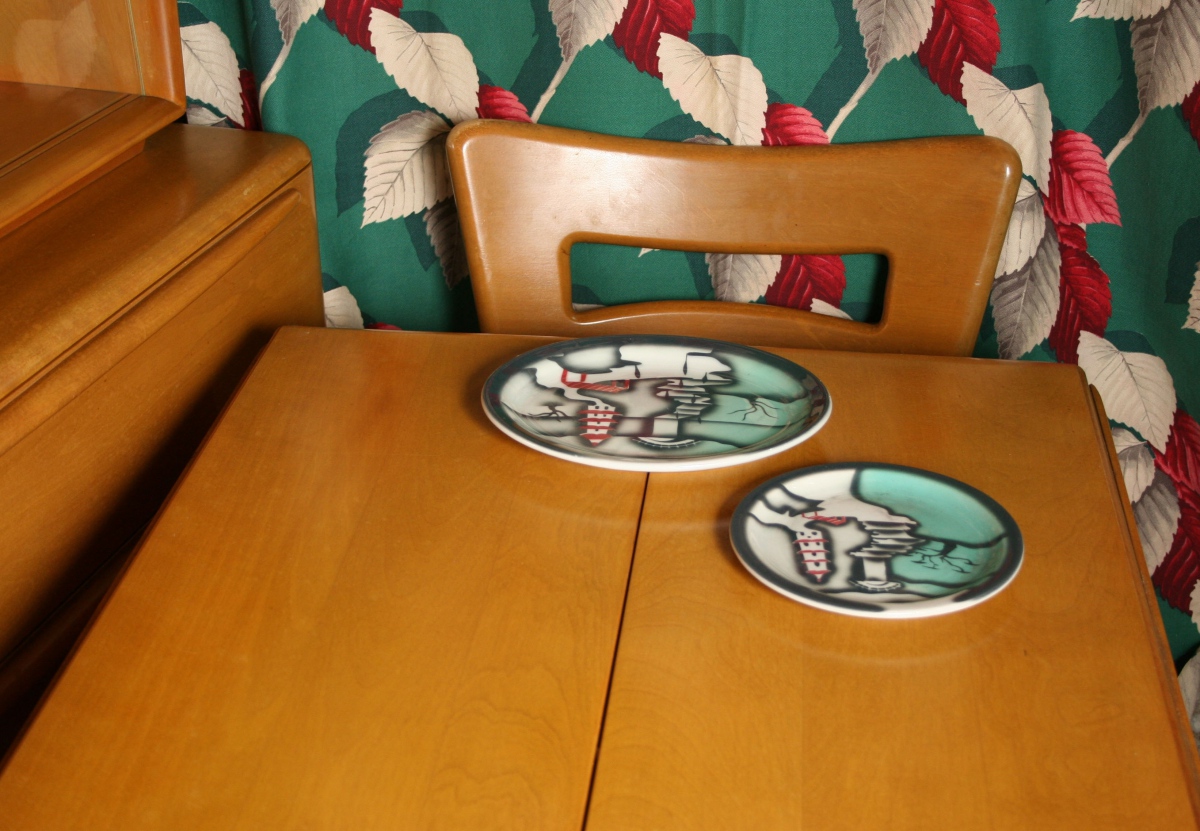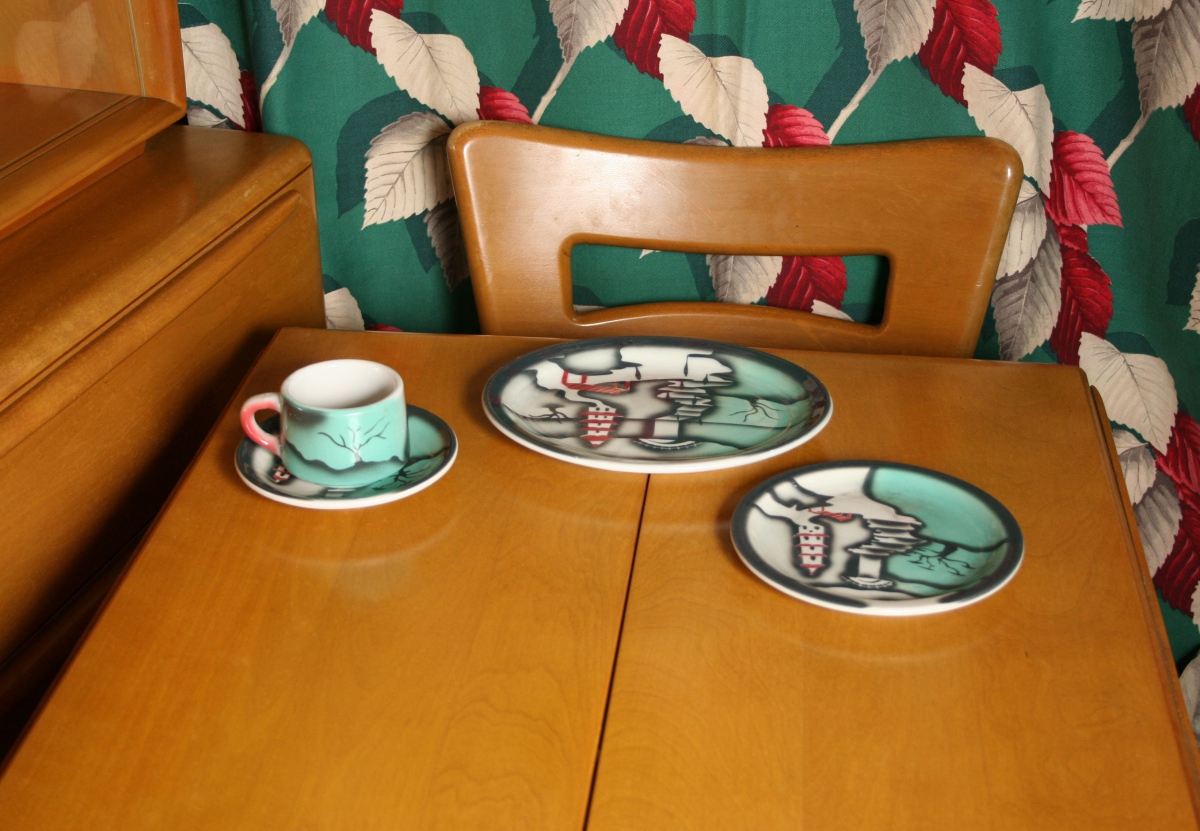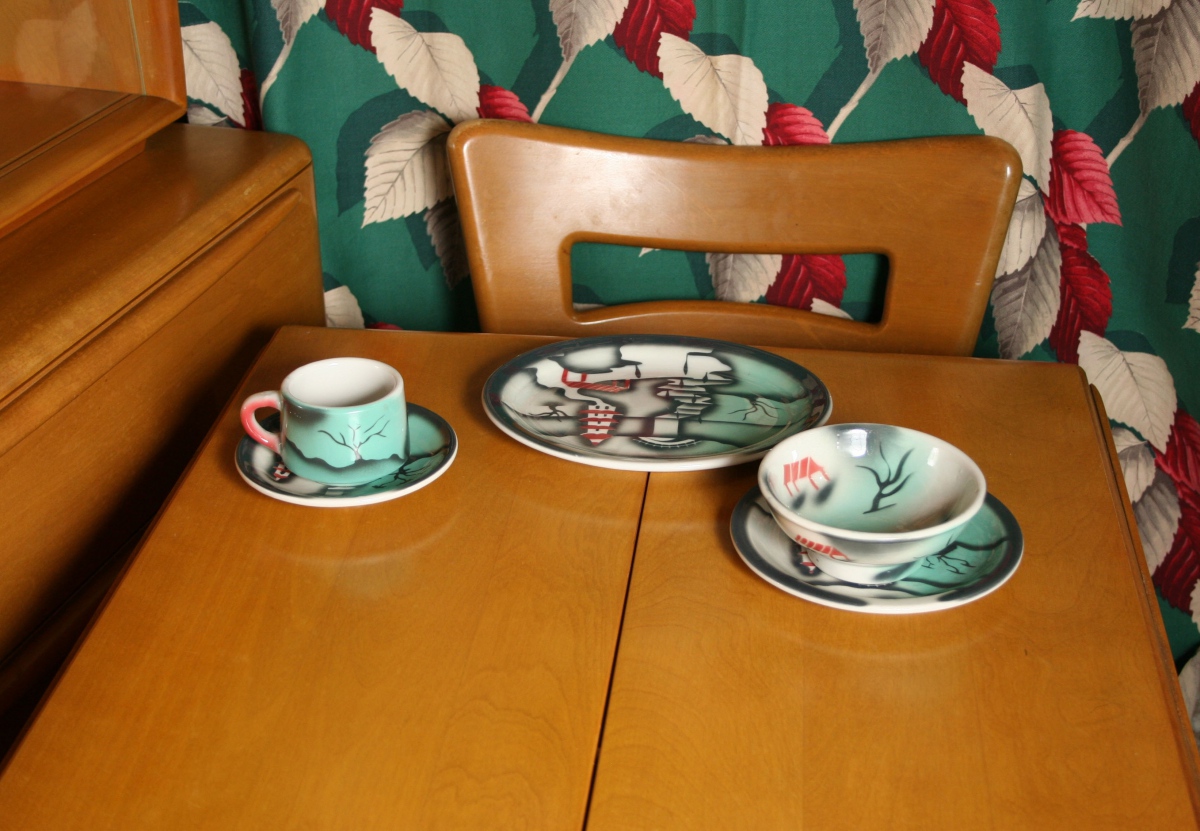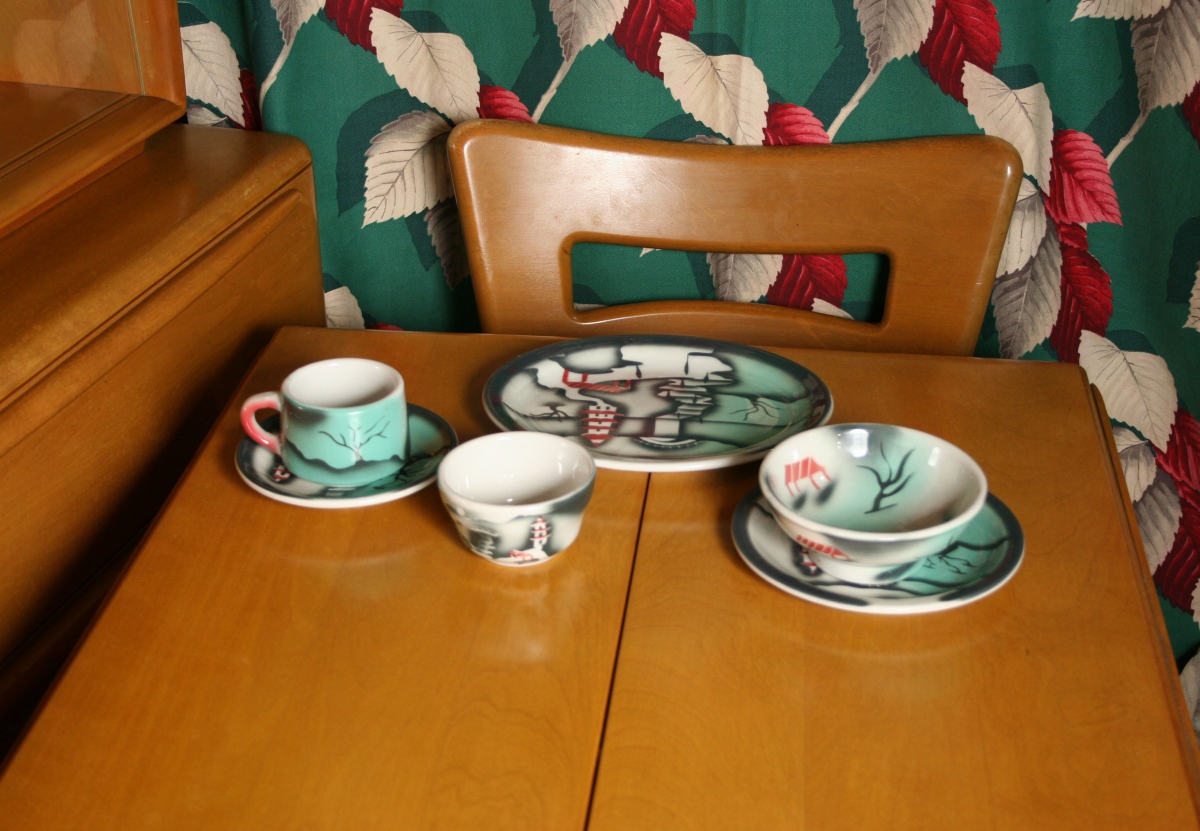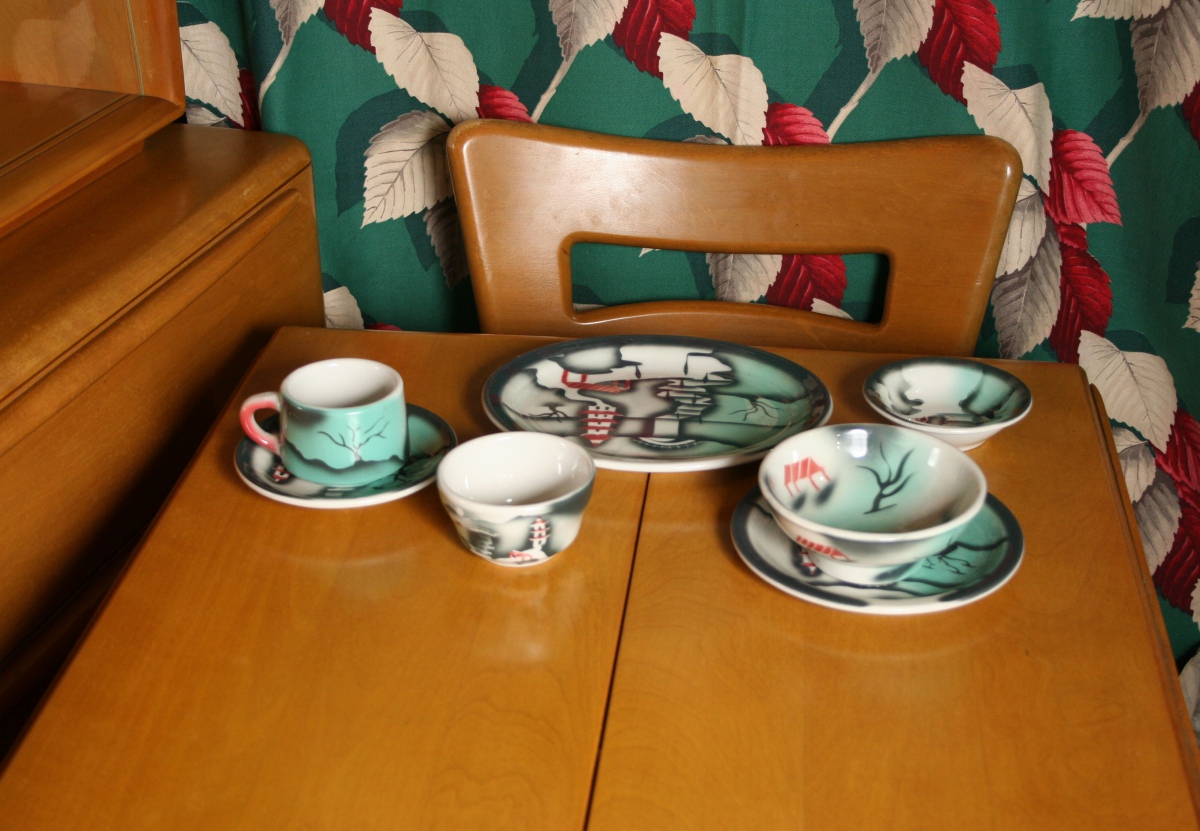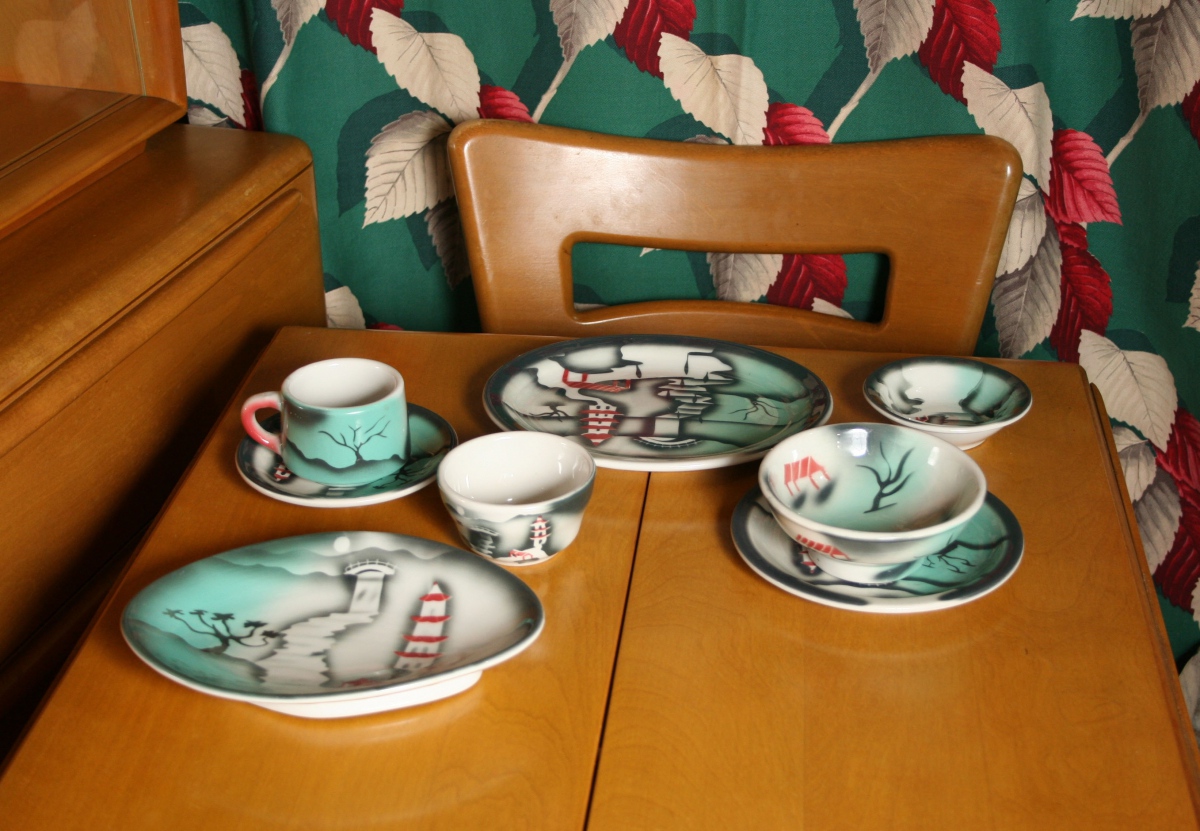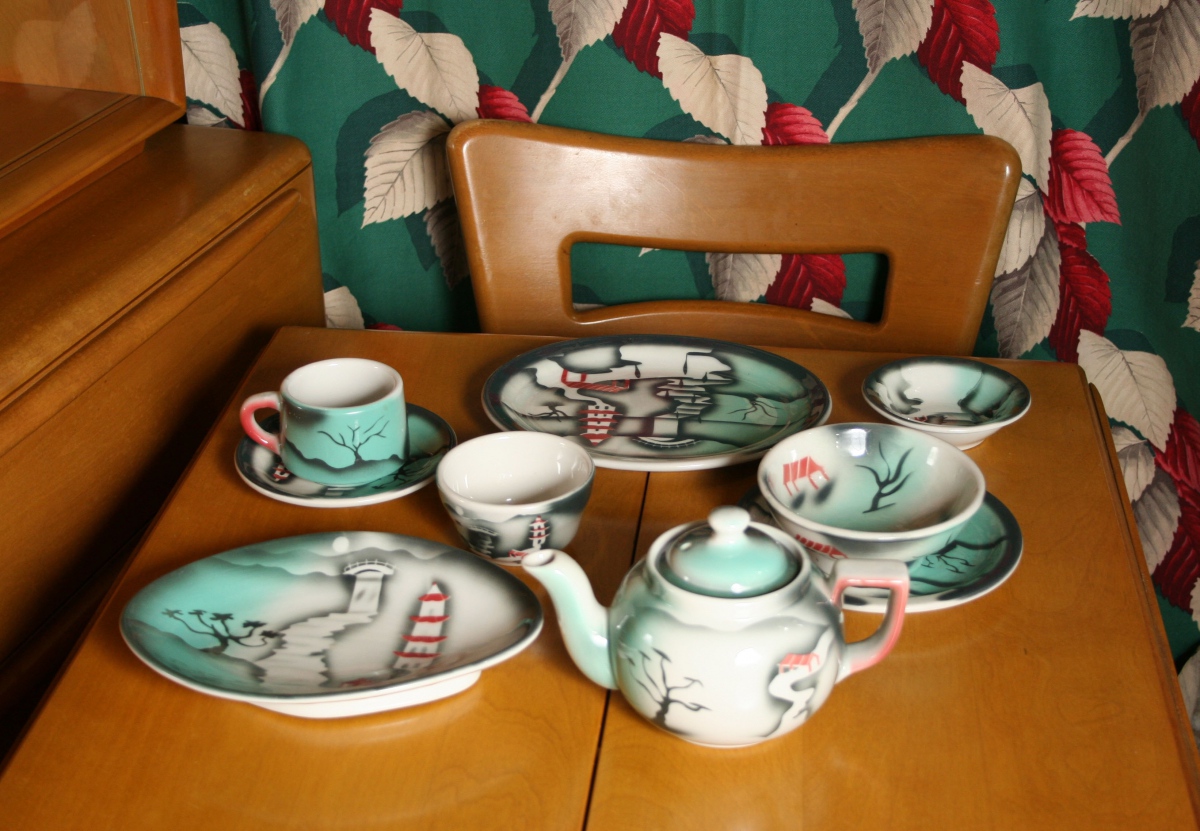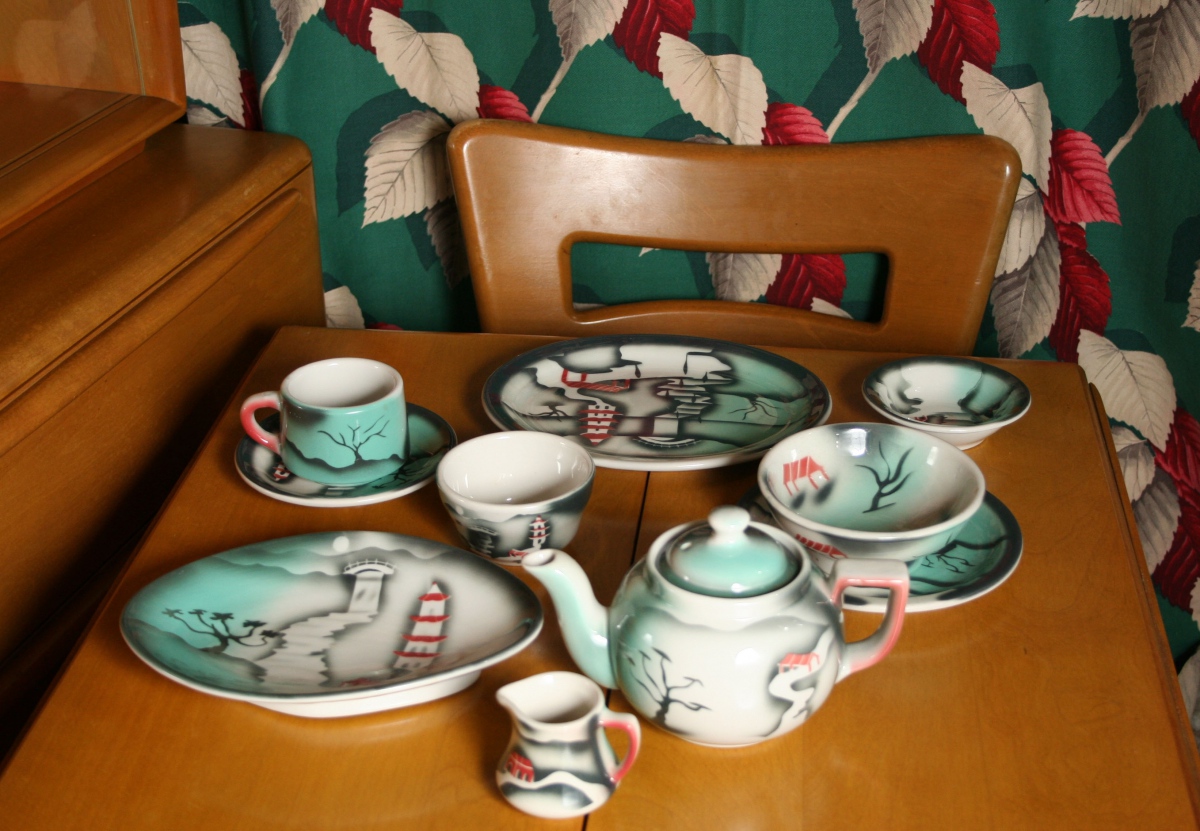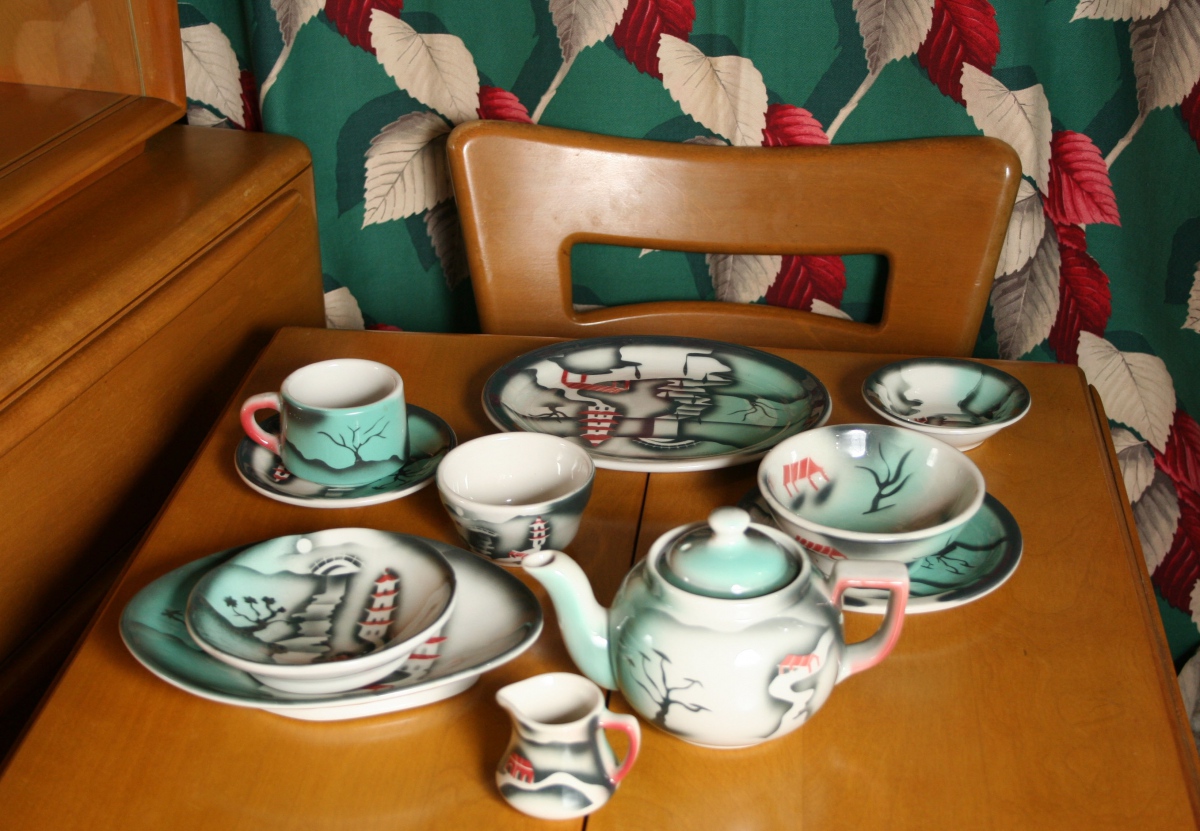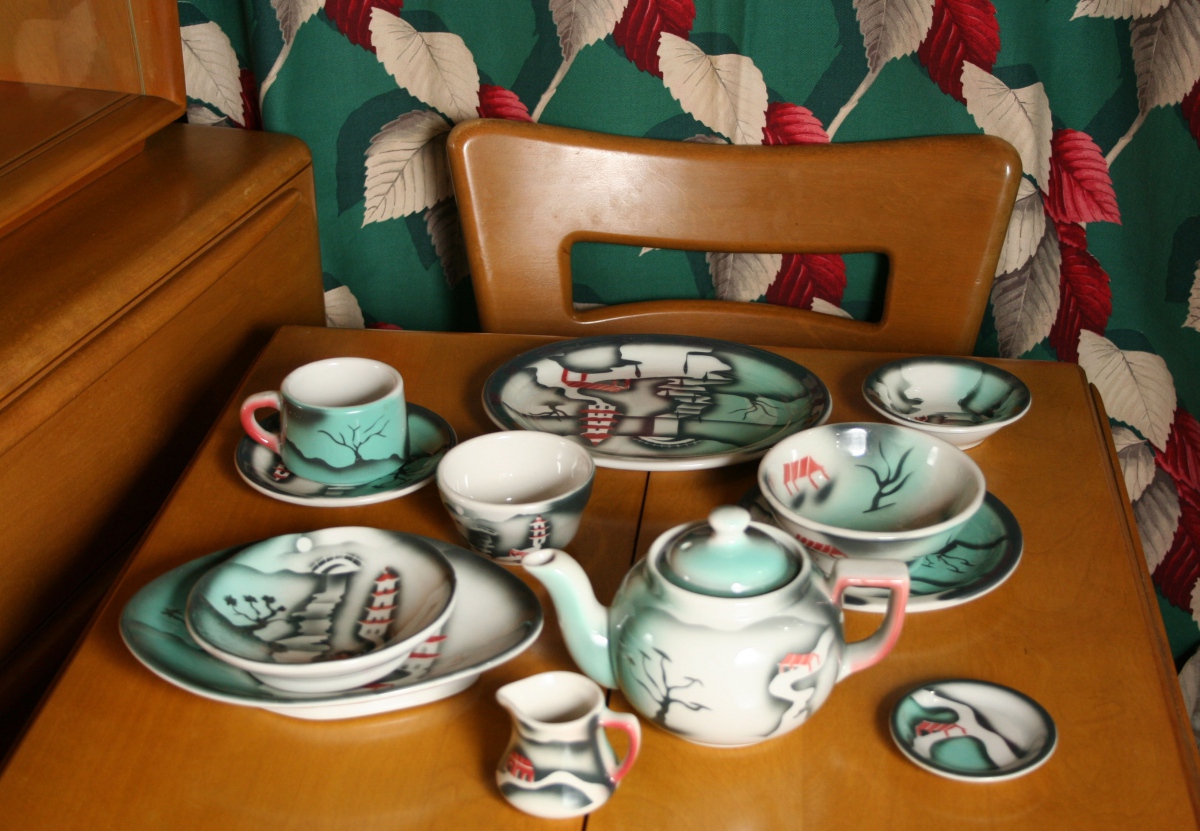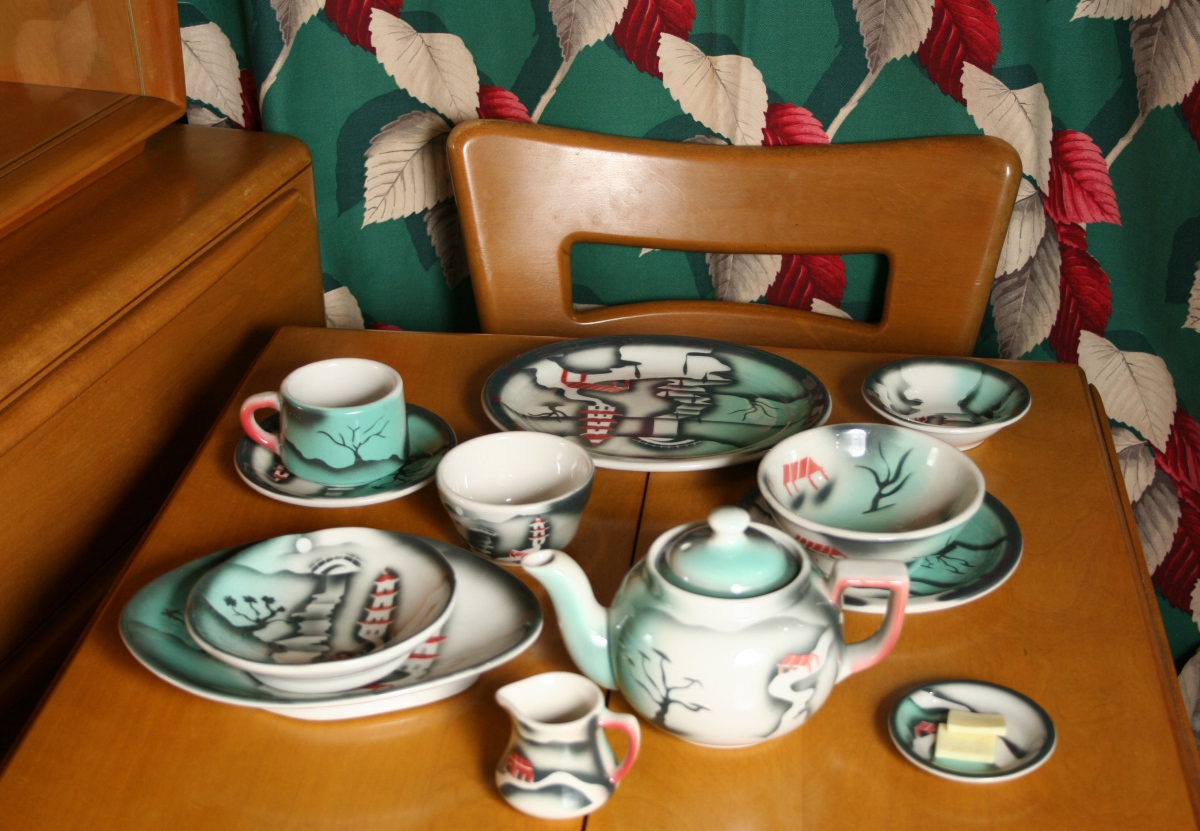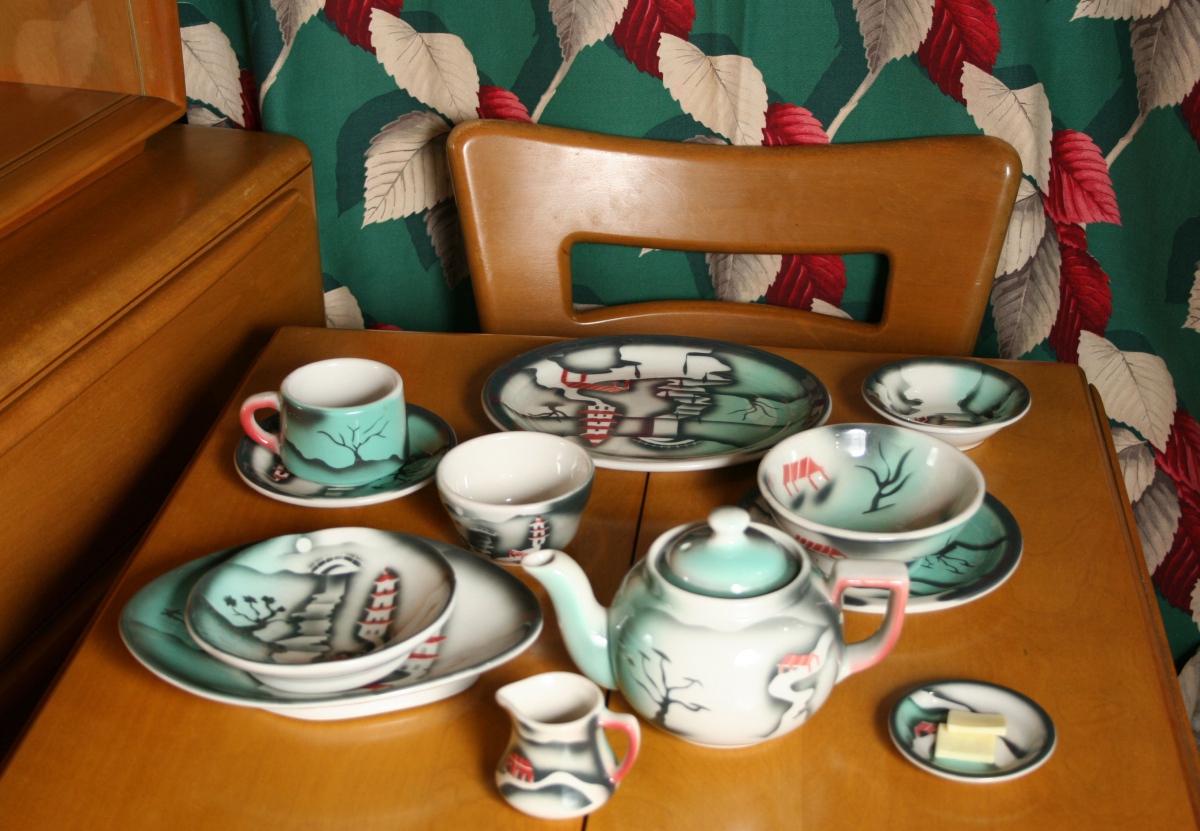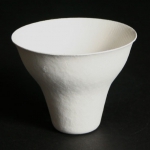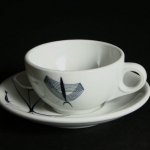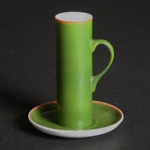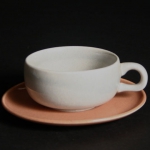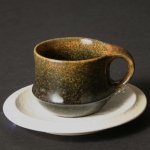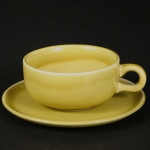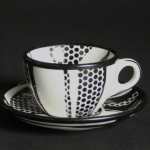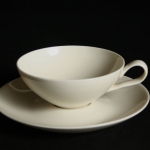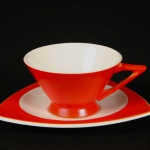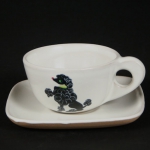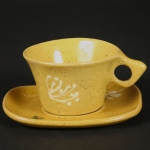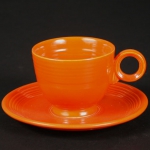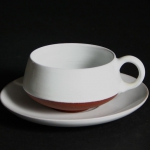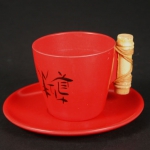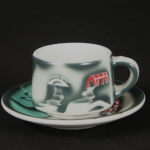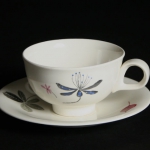Tepco
[Previous] [Main Page] [Next]
One Table Oodles of Dishes:
Tepco Confucius
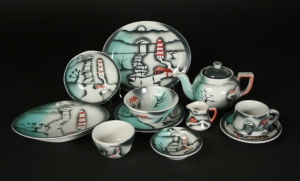
TEPCO or Tepco (Technical Porcelain and China Ware Company), was founded in 1918 by John Battista Pagliero, who had emigrated to California from Italy with his brother in 1908. The original Tepco factory was located in his back yard in El Cerrito, California. For a few years he continued his job as a superintendent at a porcelain casting plant, but by 1925, he quit that job and moved Tepco to a site along the Santa Fe Railroad track. Over the next thirty years, Tepco grew from a factory manufacturing sturdy restaurantware with a two-man crew, to a factory with design capabilities of over two dozen airbrushed patterns and nearly three dozen transferware decorations. During their heyday from the 1930s to the 1960s, they supplied not only the hospitality industry, but also had contracts with the U.S. government to supply tableware for the U.S. Navy, Army, and the VA. They produced nearly 30,000 pieces a day for the Navy alone at one point.
It has been said that the number of patterns produced by Tepco is endless. Every time one thinks they’ve seen them all, a different variety appears. Popular patterns include Palm Green, Hawaiian, Needles and Pine, Banana Leaf, and Bamboo. There were many popular western-themed patterns, including Wagon Wheel, Branding Iron, Ox-Head, and Western Traveler. The best of this western genre are the meat platters that depict a wagon train scene with the topmark “Donner Party 1846.” IMoDD owns two of these platters, one donated by Nancy and Steve Selvin and the second from the estate of Bill Stern, Los Angeles.
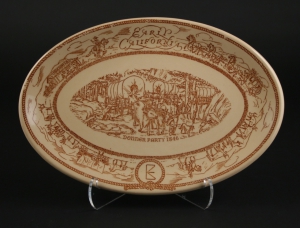 Created with airbrush and stencil are the Asian-themed patterns known as Confucius. The story is told that they were created for an unnamed Chinese restaurant in the San Francisco Bay area. It would be fun to know the identification and location of that restaurant. Each Confucius-patterned piece – platters, teapots, creamers, water pitchers, butter pats, cups, saucers, and bowls – charmed the diner with visions of Asian pagodas, bridges, and landscape scenery in green and red hues. Some restaurants still use Tepco in their establishments today and those are lucky diners, indeed.
Created with airbrush and stencil are the Asian-themed patterns known as Confucius. The story is told that they were created for an unnamed Chinese restaurant in the San Francisco Bay area. It would be fun to know the identification and location of that restaurant. Each Confucius-patterned piece – platters, teapots, creamers, water pitchers, butter pats, cups, saucers, and bowls – charmed the diner with visions of Asian pagodas, bridges, and landscape scenery in green and red hues. Some restaurants still use Tepco in their establishments today and those are lucky diners, indeed.
The majority of the 400+ pieces of Tepco in the permanent collection at the International Museum of Dinnerware Design were donated by Nancy and Steve Selvin. A few pieces in the Confucius pattern were purchased by the museum later to augment this popular display.
References: American Craft magazine, “Tepcoware,” by John Heaven, Vol. 42, No. 4, August-September 1982, pp. 16-19; and The TEPCO Story YouTube created by the El Cerrito Historical Society, August 2020.
essay by Margaret Carney

